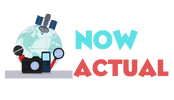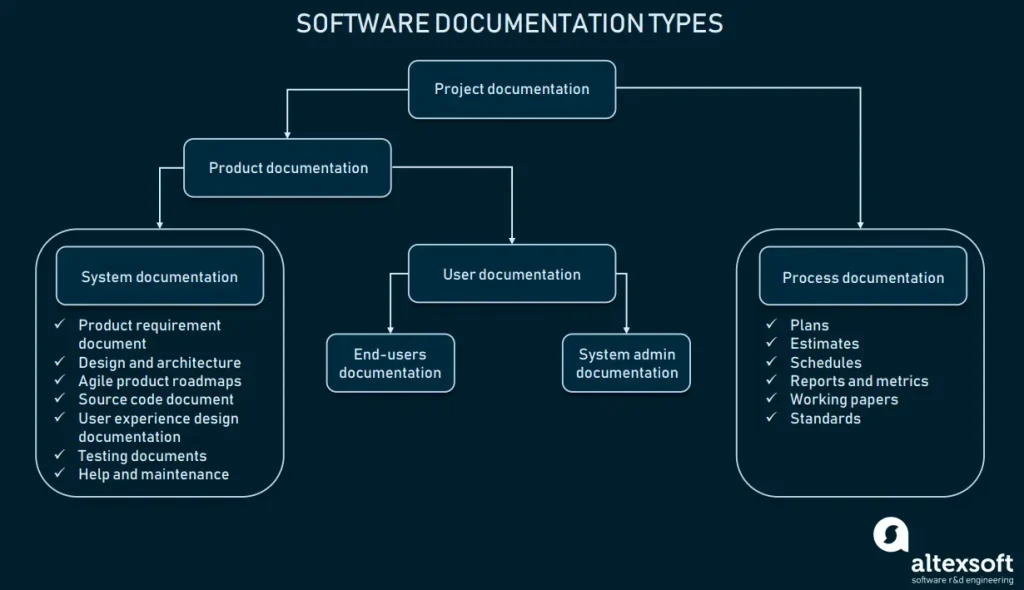Software Documentation That Users Read isn’t something you can bolt on at the end of a project. It grows with the product, informs onboarding, and reduces support load. In this guide, we’ll unpack how to design documentation that aligns with user needs and business goals, incorporating best practices for software documentation to make content actionable. Whether you’re drafting API references, in-app help, or a general guide for software users, the aim is to empower users to complete tasks quickly and confidently through readable user-focused docs. Across formats and teams, you’ll find practical strategies, templates, and examples that apply task-oriented documentation across software stacks and audiences.
Think of this field as user assistance content—materials designed to help real people accomplish tasks instead of listing features. In practice, you’re creating end-user guides, quick-starts, and a self-service knowledge base that speeds onboarding and reduces support queries. Other terms such as developer guides, API references, and contextual help capture the same goal: making complex software approachable through step-by-step, task-focused language. From an information-architecture perspective, the emphasis is on clarity, relevance, and scannability rather than dense technical prose. This approach aligns with the broader aim of helping customers succeed by providing learning-friendly content that serves as a reliable companion on every product interaction.
Software Documentation That Users Read: A Task-Oriented, Readable Approach to Best Practices for Software Documentation
Software Documentation That Users Read isn’t something you bolt on at the end of a project. It grows with the product, informs onboarding, and reduces support load. Designing documentation with readers in mind shifts the goal from “we need to document” to “how can we help this user complete a task faster?” This approach embodies best practices for software documentation and results in readable, user-focused docs that scale alongside the product.
To realize this vision, embrace task-oriented documentation formats and templates that mirror real user tasks. Quick-start guides, step-by-step tutorials, and in‑app help help users begin quickly, while consistent terminology and scannable headings support readability. The Problem–Goal–Steps–Verification model provides a reliable template for tasks, ensuring the content remains relevant as features evolve and aligning with a guide for software users that people can actually use every day.
Guide for Software Users: Building User-Friendly, Task-Oriented Documentation That Empowers Onboarding
In practice, a practical guide for software users starts with the reader’s tasks and the fastest path to value. Start by identifying user personas—engineers integrating an API, product managers configuring a feature, or end users performing daily tasks—and structure content to help them accomplish those tasks quickly. This approach aligns with the goal of readable user-focused docs and supports a user-friendly software documentation experience that shortens onboarding time and reduces support questions.
Choose formats and templates that fit how people learn: task-based tutorials, fast-start overviews, in-app tips, and API references with concrete examples. Write for readability with clear steps and active voice, and ensure consistency across guides so readers can predict where to find information. Measure impact with time-to-first-value, task success rates, and search effectiveness to drive continuous improvements and demonstrate the value of your documentation program.
Frequently Asked Questions
How does Software Documentation That Users Read align with best practices for software documentation and become readable user-focused docs that reduce support load?
Software Documentation That Users Read grows with the product and centers on helping real tasks. It embodies best practices for software documentation by emphasizing task-oriented content, clear personas, and actionable steps, resulting in readable user-focused docs. Key elements include a task-first structure, scannable headings, concise steps, and templates like Problem–Goal–Steps–Verification. Use formats such as quick-start guides, task-based tutorials, in-app tips, and API references with real-world examples to support onboarding and lower support volume. Measure impact using time-to-first-value, problem-resolution rate, and search success to iteratively improve as the product evolves.
What practical steps can teams take to create a guide for software users that is task-oriented documentation and remains readable as the product evolves?
Begin with user personas and map the core tasks they perform. Adopt a task-oriented template (Problem–Goal–Steps–Verification) and pair it with a fast-path overview for quick value. Choose formats that match reader needs (quick-starts, tutorials, in-app help, API references) and keep headings and steps action-focused with plain language. Establish a product-aligned review cadence, flag outdated sections, and incorporate real-user feedback. Track metrics like time to first value and search success to guide ongoing improvements. This builds a readable, user-friendly guide for software users that scales with the product and supports onboarding.
| Topic | Key Point | Why It Matters | Example |
|---|---|---|---|
| Documentation is integrated and grows with the product | Not bolted on; informs onboarding; reduces support load | Aligns with product evolution and user needs | Documentation evolves as features change and scales |
| Understand your readers | Use personas; map common tasks; keep content task-oriented | Delivers actionable information and speeds task completion | Examples: engineers using API; PMs configuring a feature; support agents troubleshooting |
| Readability principles | Clarity, brevity, and relevance; content is scannable; task-oriented headings | Improves skimming and usefulness for quick task completion | Examples: short paragraphs; clear action steps; obvious next steps |
| Formats and templates that help readers | Quick-starts, task-based tutorials, in-app help, API references, FAQs | Fits different learning styles and contexts | Example structure: overview, prerequisites, steps, verification, related tasks |
| Templates and real-world examples | Problem–Goal–Steps–Verification model; consistency across content | Builds trust and repeatability; reduces misinterpretation | Examples: API docs with samples; developer guides with end-to-end workflows |
| Readability and onboarding | Fast-path sections; visible information architecture; use visuals | Minimizes cognitive load and supports diverse learners | Examples: First 5 minutes; bullet lists; diagrams |
| Maintenance and improvement | Regular updates; cadence tied to product milestones; feedback loops | Keeps docs accurate, relevant, and less confusing | Examples: Changelogs; flag outdated sections; in-context feedback widgets |
| Measuring success | Track time-to-first-value, problem-resolution rate, search success, engagement | Demonstrates impact; guides improvement | Examples: analyze queries; drop-offs; bounce rates |
| Balancing quality and speed | Core tasks fast; advanced content for power users | Meets immediate needs while enabling deeper learning | Examples: add a ‘Go further’ section |



